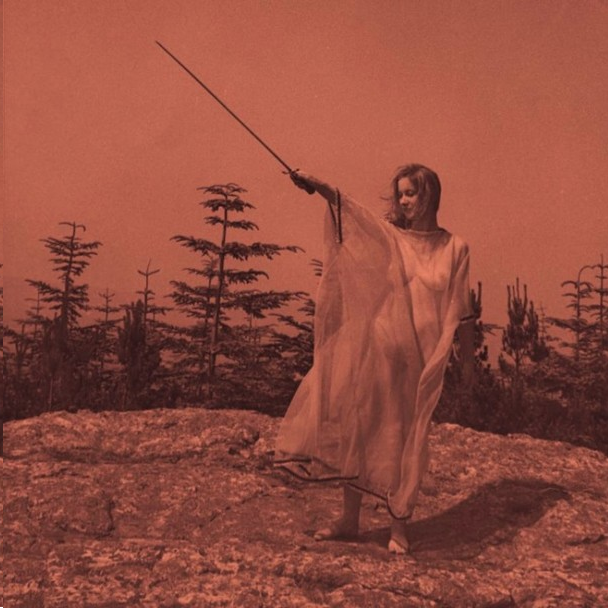For a man who has been
in the music industry for over twenty years, it is quite surprising to find
that Everyday Robots is Damon Albarn’s
first solo album. Up until now, Albarn has had quite a varied career, a career
which has seen him have great success with Blur and virtual band Gorillaz,
while has also seen him work on one off collaborations such as the Good, the Bad
& the Queen and Dr Dee. Such as the musical variety Albarn has explored in
his career, it makes this first solo album all the more intriguing to see how the
solo Damon Albarn measure’s up to the rest of his work.
The sound of Everyday Robots I would say is a mash-up
of Good, the Bad & the Queen and Gorillaz, although there are moments where
you can hear Blur, as well as Albarn’s work with African musicians. Already
some music critics have been labelling the sound of Everyday Robots as “sad-hop”, which after listening to the album, I
can kind of see where they are coming from. Overall, there is a trip hop feel
throughout, especially with the drum machine backbeat that drives a lot of the
songs, however most of the songs tend to have more of a mellow melancholic vibe
going on, while Albarn’s piano playing has a classical jazz feel to it in the
mould of someone like Keith Jarrett. I would say that Everybody Robots is quite an atmospheric album with a strong focus
on mood rather than melody on most of the songs. The music and lyrics come
across as quite personal and introspective and it’s as if Albarn is opening
himself up in a way he has never done before, giving us an insight into his
very person, a person whom he has kept guarded over the years. As for personal,
well it is pretty much just Albarn on his own singing and playing piano and
guitar, although, aside from a small array of session players, Brian Eno makes
an appearance, while the Leystone City Mission Choir sing backing vocals on a
couple of the tracks.
As for the tracks
themselves, well the album begins with title track “Everyday Robots”, which has
a Plastic Beach-Gorillaz sound to it with a gentle piano part, strings, sound
effects and a trip hop backbeat. This is followed by “Hostiles”, which returns
by in large to the Good, the Bad & the Queen’s reflective melancholia all
be it with a strong trip hop injection. “Hostiles” is not a stand out track by
any means, and actually comes across as quite laboured and somewhat boring.
Then there is one of the album’s standouts “Lonely Press Play”, which could
even be one of Albarn’s best tracks in recent years. This one certainly has a
film soundtrack kind of vibe to it with a kind of casual beauty in its piano
lines and string flourishes. “Mr Tembo” is the only real up-tempo song on the
record, and interestingly enough is about a baby elephant which Albarn met in
Tanzania, leading to what is quite a playful but throwaway lyric. The song
features Albarn on ukulele, a pounding bass line, and some great gospel-infused
backing vocals from the mission choir in what is a very bubbly track that
offers a nice break from the downbeat stuff.
The middle of the album
kicks off with “The Selfish Giant” which has a folktronica feel in which Albarn
delivers quite a soulful vocal. It also showcases Albarn’s gentle piano playing
with a nice classical-jazzy solo in the middle. “You and Me” is the longest track
on the album and is quite a moody affair almost like a short story with quite
vivid lyrics as Albarn appears more as a narrator rather than singer, while “Hollow
Ponds” is a very melancholic reflective track which sounds quite Nick Drake-like
in mood and Ray Davies in lyrics. There is not much going on musically on this
track, but it represents another tender moment which also features some nice French
horn playing. The final few songs on the album begins with “Photographs” which
is a standard trip hop track with quite a Massive Attack feel to it. This is
followed by “The History of a Cheating Heart”, which is another track which doesn’t
really go anywhere and that the album could have really done without. Finally,
the album closes with “Heavy Seas of Love” that features Brian Eno on vocals
and has a stellar chorus which I can just imagine becoming a sing-a-long fan
favourite at festivals. This track is one of the album highlights and is an
example of how good a pop writer Albarn can be when he chooses to be. And
although Eno is not known for his singing, he does a nice job here adding a
different dimension to proceedings with his rather dark eccentric vocals.
Overall, I feel Albarn
has done a solid job with Everyday Robots
without being outstanding. There are some very nice melancholic moments on
the record, while his musicianship is a standout feature in the form of his
piano playing especially. A couple of the songs do end up being a bit of a
bore, while the presence of two short instrumentals is a blot on the album’s landscape,
however these lesser moments are countered by some of Albarn’s best work in
recent years. I would say Everyday Robots
compares well to his work with Gorillaz and has shown that Albarn can go it
alone and be just as successful musically.
B+
- Sam



